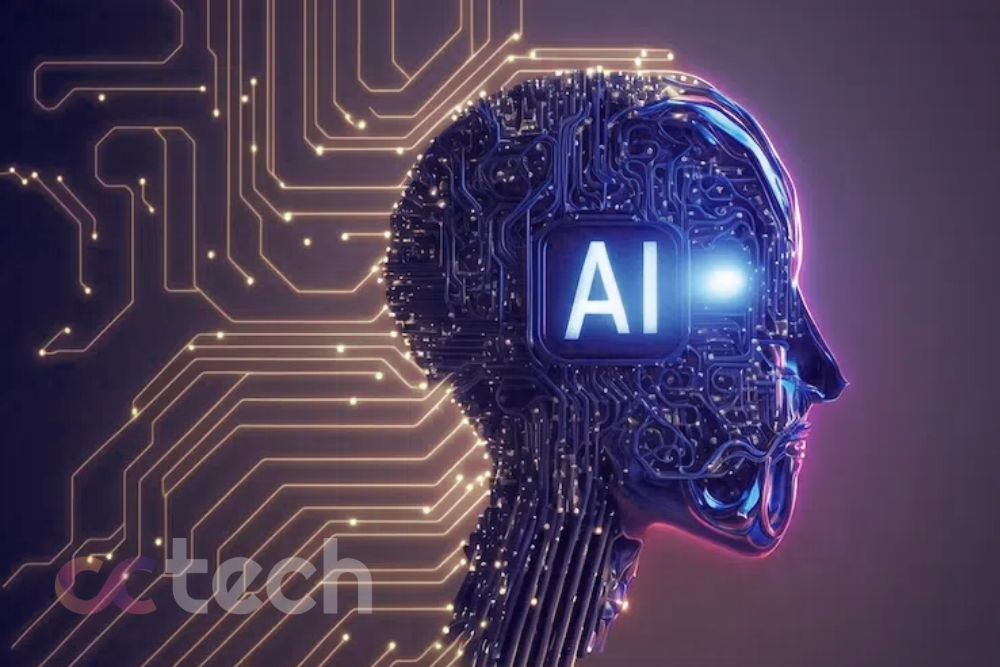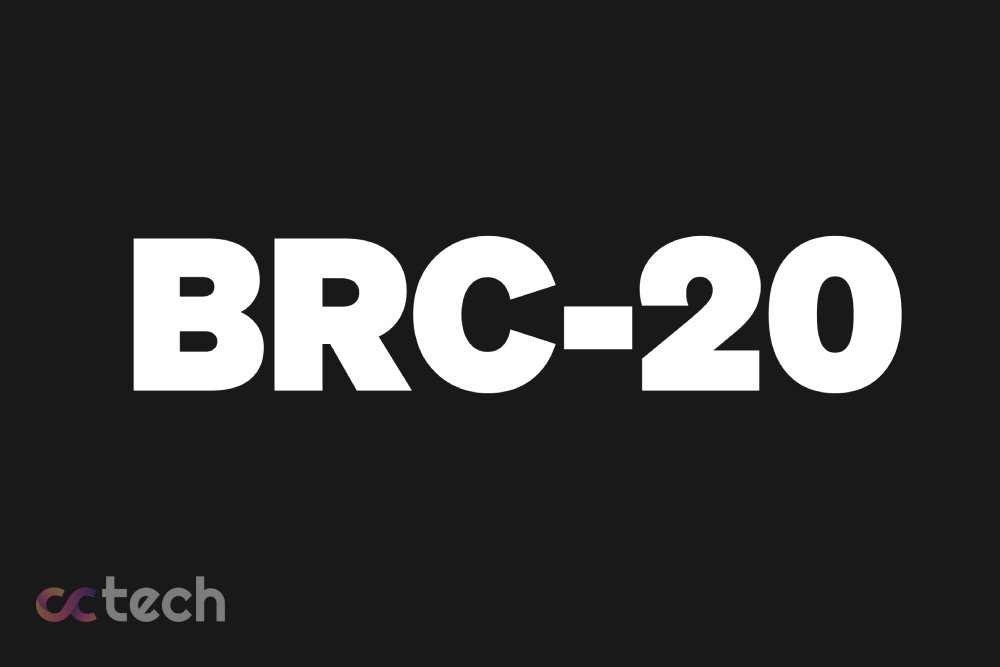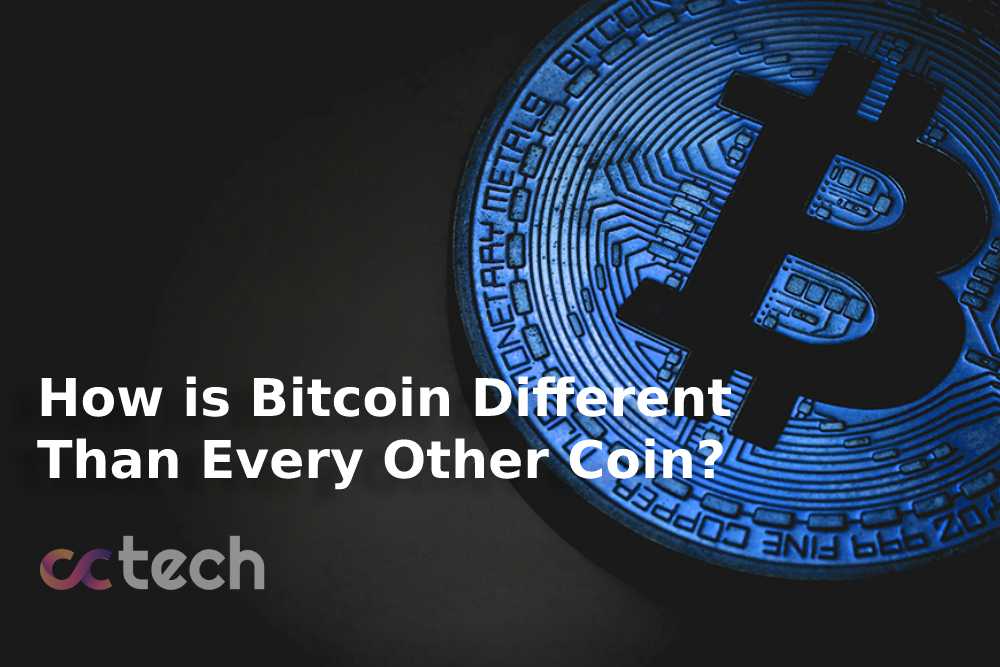
The Metaverse is the concept of a 3D digital world. It contains virtual spaces that you can explore using an avatar you have created. In the metaverse, you can play games, shop, sit with friends in a virtual coffee shop, work with colleagues in a virtual office, and do many other things. Separate elements of the metaverse have already been implemented in the ecosystems of some video games and adaptation tools in the work team.
Cryptocurrency projects such as Decentraland and The Sandbox have already developed and launched their virtual worlds. However, the concept of the metaverse is relatively new, and much of its functionality is still in development. Companies such as Facebook (Meta), Microsoft, and Nvidia have already started creating their own versions of the Metaverse.
In order to realize the possibility of complete virtual immersion in the metaverse, companies are introducing advanced technologies into the development of 3D worlds. Such technologies include blockchain, augmented reality (AR) and virtual reality (VR), 3D reconstruction, artificial intelligence (AI), and the Internet of things (IoT).
Introduction
The idea of the metaverse originated in 1992 with Neil Stevenson. His sci-fi novel Avalanche featured an online world where people could use digital avatars to explore and escape reality. Decades later, major tech companies began creating their own versions of the futuristic metaverse. What is the metaverse and how are large companies implementing it from a technical point of view?
What is the metaverse?
Metaverse is a concept of a three-dimensional digital online world with virtual spaces and objects. Imagine a world where you can work remotely from the comfort of your home, view cutting-edge art in virtual museums, or attend your favorite rock band’s virtual concerts with other fans.
Axie Infinity, The Sandbox, and Decentraland have already implemented certain aspects of the metaverse to bring many elements of our lives to online worlds. However, the metaverse is still in development. No one knows whether it will be one large shared metaverse or several that you can travel between.
The idea continues to evolve and is expected to expand beyond video games and social media. Remote work, decentralized governance, and digital identity are just some of what the metaverse supports. In addition, it will be multi-dimensional by connecting VR glasses and headsets, so users will be able to physically explore 3D spaces.
Key technologies at the heart of the metaverse
To realize the possibility of complete virtual immersion in the metaverse, companies use advanced technologies such as blockchain, augmented reality (AR) and virtual reality (VR), 3D reconstruction, artificial intelligence (AI), and the Internet of Things (IoT) to create a three-dimensional world.
Blockchain and cryptocurrencies
Blockchain technology provides a decentralized and transparent solution to the issues of digital proof of ownership, the ability to collect digital objects, transfer of value, governance, accessibility, and scalability. With cryptocurrencies, users can transfer value as they work and communicate in a 3D digital world.
In the future, cryptocurrencies may incentivize people to truly work in the metaverse. As more companies move their offices online for remote work, jobs related to the metaverse may emerge.
Conclusion
Even though the metaverse is still under development, many companies are already exploring its potential. Well-known projects in the crypto space are Decentraland and The Sandbox, but big companies such as Microsoft, Nvidia, and Facebook are also joining the metaverse. As AR, VR, and AI technologies advance, we are likely to see exciting new possibilities unleashed in these virtual, borderless worlds.









